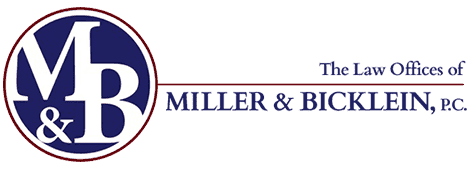Drill rigs, oil wells, and other machinery and equipment used in the oil fields are all part of the Texas landscape. The gas and oil extraction industry is the source of income for many Texas families, and if this is how you earn your living, your family may live in some amount of fear of losing you in a workplace accident. This is because working in the oil fields is one of the most hazardous occupations with the highest risks of injuries and deaths nationwide.
Along with the usual hazards of the job, you also pay an emotional toll that could lead to errors with disastrous consequences. The stressors include physically demanding workdays and extended time away from your loved ones. Continuous stress increases the chances of inconsistent performance, improper use of equipment and other human errors that can lead to on-the-job accidents.
Precautions against typical hazards
Close relationships with emergency responders are essential, along with frequent safety training and the establishment of a culture that encourages comradery among workers. The following hazards are typically present in any workplace, and need particular attention:
- Worksite familiarity: Every employee must understand his or her role and duties, potential dangers, and all the safety precautions to avoid injuries. Communicating dangerous situations that developed during one shift is essential at shift handovers.
- Vehicle safety: Monitoring vehicle safety and driver training is crucial because safety authorities report that oilfield vehicle accidents account for most of the fatalities in this industry.
- Housekeeping: As with any other workplace, walkways, floors and all areas must be free of debris and random objects that could cause trips and struck-by accidents or falls. Chemical and oil spills happen frequently, and spill kits should be available in all areas to combat slip-and-fall hazards.
- Equipment maintenance: Your job will expose you to numerous types of equipment, each with its unique dangers — neglected maintenance being the biggest. An extensive maintenance program must be in place to ensure all machines are always in good working order.
Implement visual communication
Strategic color coding and labeling techniques can be invaluable communication tools for warning and directing workers of all nationalities, regardless of their understanding of the English language. Cleverly designed signs and labels can convey safety instructions and dangers that could prevent confusion and miscommunication. Color coding tools, equipment and floor spaces are also effective ways to communicate.
If your employer implements visual communication, frequent assessments are necessary to ensure signs remain clear and undamaged. Replace outdated, illegible and worn out signs immediately, and re-apply faded color-coding on floors and tools. Every new worker on a project or those coming in after a shift change must be able to rely on signage and color coding to stay safe.
Workers’ compensation
The availability of workers’ compensation benefits might give you some peace of mind. Despite all your efforts to stay safe, accidents happen, and there might come a time when you require hospitalization, rehabilitation and time to recuperate. Medical bills and lost income can wreak havoc with your financial stability. Fortunately, the insurance benefits might cover those expenses and provide wage replacement until you are fit to return to work. Experienced legal counsel can assist with the navigation of your claim.
